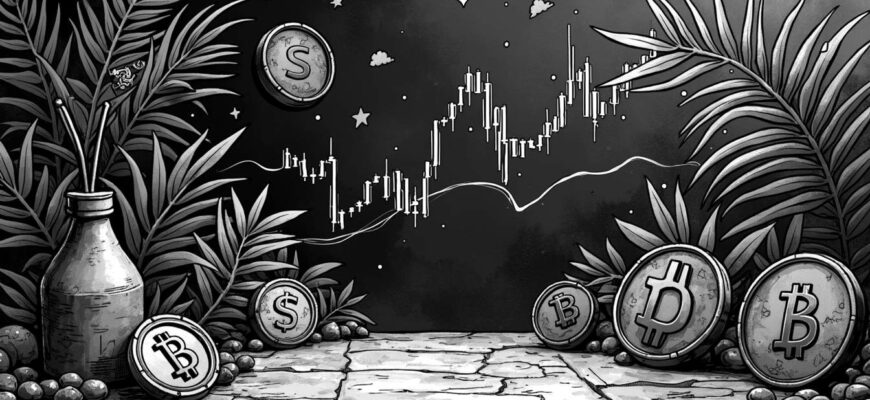Author: Joshua Martinez
Crypto VC funding to surge in 2025 amid regulatory clarity and institutional interest, signaling a promising future for digital assets.
Meme coins like BTFD are evolving with DeFi integration, high staking rewards, and P2E games, capturing investor interest and reshaping the crypto market.
$POWSCHE's Ethereum bridge launch, community strength, and strategic moves in the crypto market.
BONK/USDT tests crucial support at $0.0000287. Will it hold or break out? Explore the potential for bullish reversal and market sentiment impact.
AI and strategic partnerships are revolutionizing the crypto market in 2024, with Tron, Sui, and BlockDAG leading the charge.
IRS's new crypto broker rule faces legal challenges from DeFi groups, sparking concerns over U.S. blockchain competitiveness and innovation.
Explore $HODI, $PYRATE, and $PLATH on Solana for potential gains and community engagement. Discover the risks and rewards in the crypto market.
Comprehensive lore summary of Girls' Frontline series, covering key events, factions, and technologies from GFL1 to GFL2.
Is crypto faith or fact? Explore the impact of developer centralization and discover blockchain's non-criminal use cases.
Cardano and Solana poised for growth amid Bitcoin consolidation. Explore macroeconomic factors and technical indicators driving this bullish crypto market.









